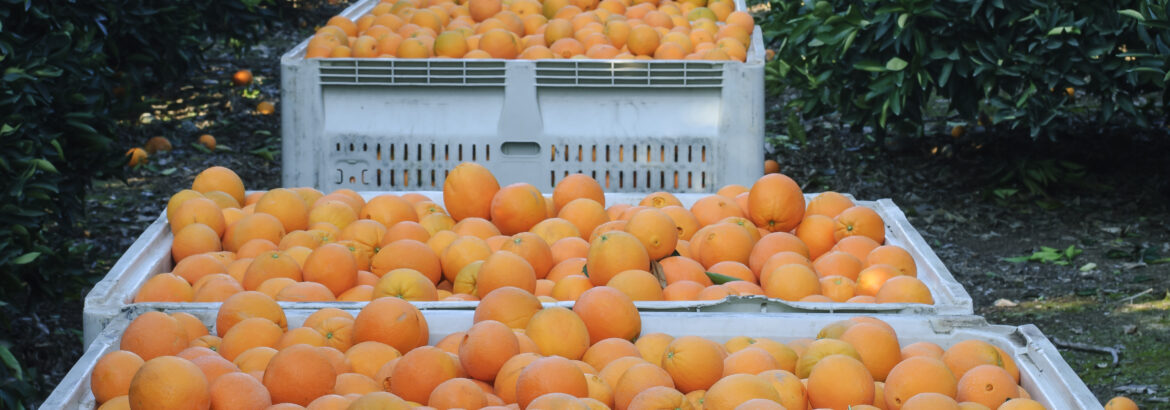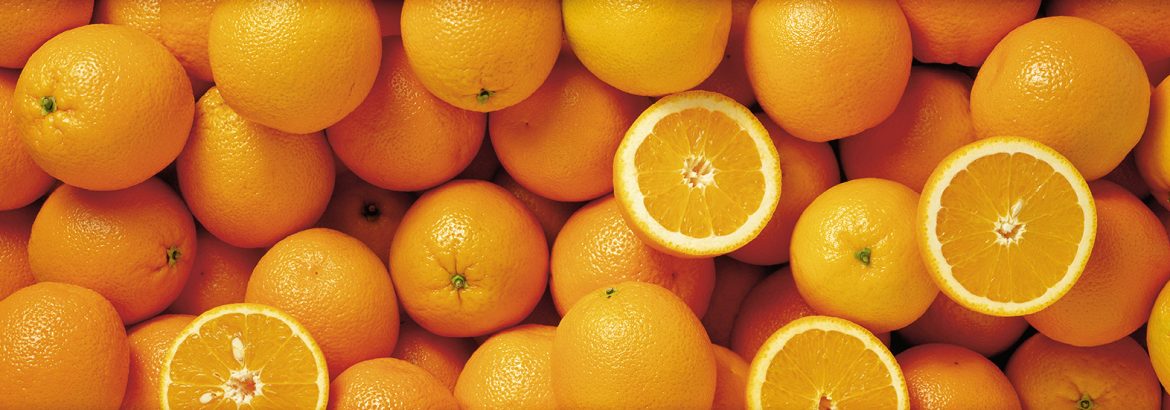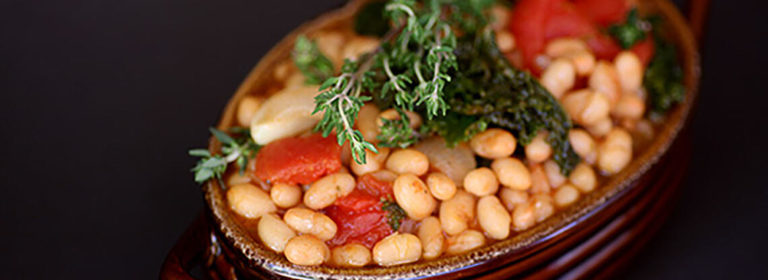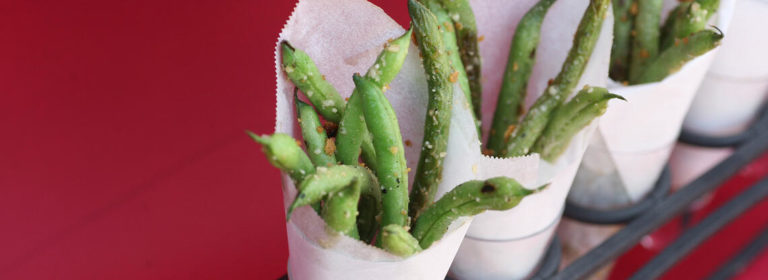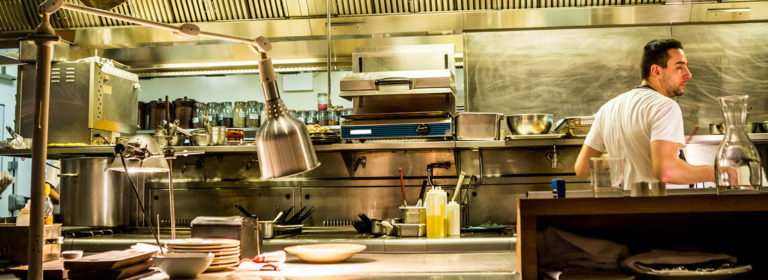Why has it been so difficult to order small-size Navel oranges this season? And when, you might ask, will these shortages end? The answer to this year’s problem is two-fold and affecting foodservice buyers much more than retail customers.
Last year, the primary citrus growing regions of Arizona and California received more rain than normal, including the rare West Coast Hurricane Hilary that traveled through both states after making landfall in Baja, Mexico. This extra precipitation after years of drought, developed the root systems of citrus groves, allowing the trees to get more water and nutrients for their fruits. Add to that the fact that most trees experienced bloom drop, an industry term that means many of the flower blooms (that turn into fruit) were blown off the trees by strong winds, leaving fewer oranges to mature. If there are fewer oranges on the tree, each one gets more water and nutrients, as well as more tree space to grow, increasing overall average size. This season’s count size ranges from 56 to 88 pieces of fruit per carton, making smaller sizes like 113- and 138-count oranges harder to source.
When Will Conditions Change:
In fact, things will not change this season. The longer fruit stays on trees (as the season progresses), the bigger they grow. And because growers are focused on the small fruit now, there will be even less of it remaining the further we get in the season. More California rain will further increase fruit size, as the trees can now access more water.
Shifting orders to Florida and Texas will help, as those regions are currently harvesting slightly smaller fruit than California, but there are also some downsides to doing this. Both states harvest different varieties. In Florida, Mid Sweet oranges are in season and will be followed by Early Valencias in March. The main differences being that both these types are seeded varieties and typically exhibit more outer scarring, which may not work for some customers. In Texas, growers are shipping the Early Navel variety, but will shift to Valencias in February. Both types have the same drawbacks.
Ordering Solutions
This shortage is affecting the foodservice industry much more than the retail sector because customers like schools, hospitals, and B&I prefer ordering small, individual pieces of fruit. Those businesses that juice oranges also need to buy small sizes in order to fit the fruit into their machines. To best meet the needs of foodservice customers, buyers must employ one or a combination of alternatives.
- Order whatever small fruit is available
- Substitute Navel oranges with different varieties such as Cara Cara or Moro/blood oranges
- Shift customers to different, more readily available fruit (apples, grapes, pears, melons)
